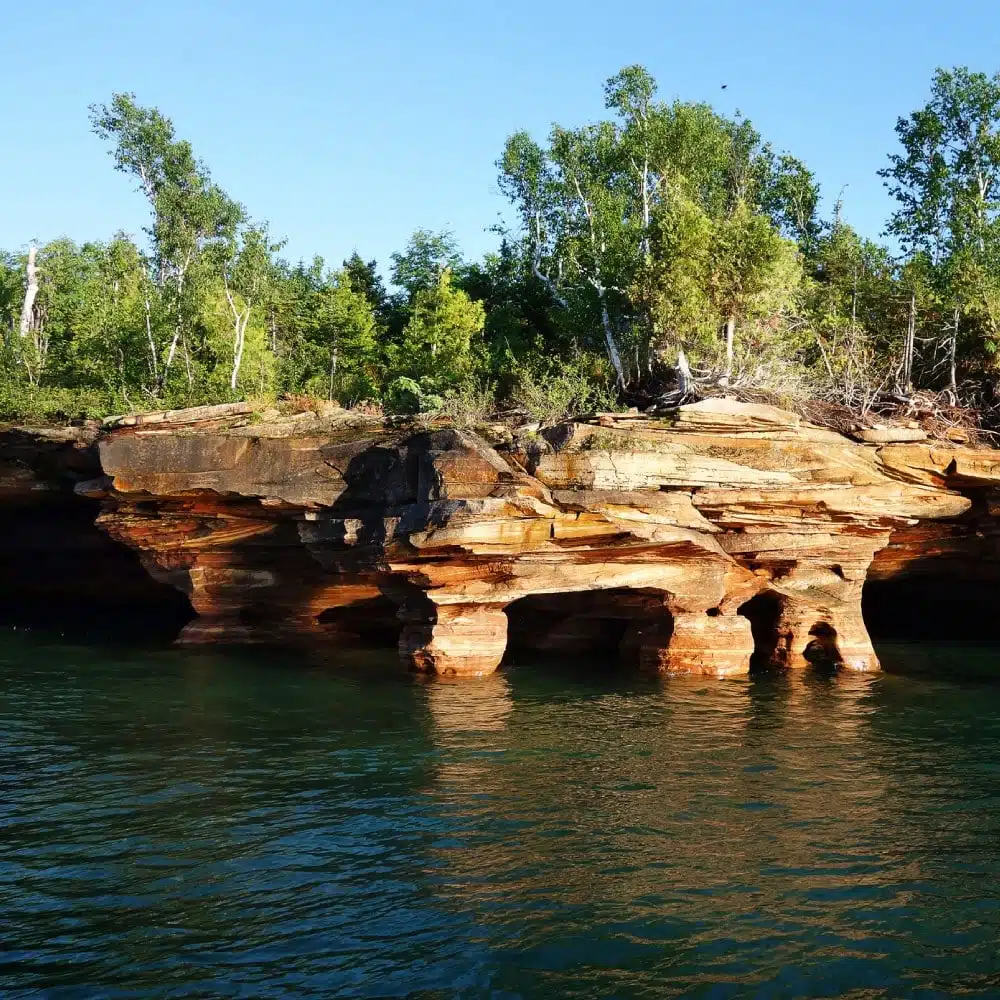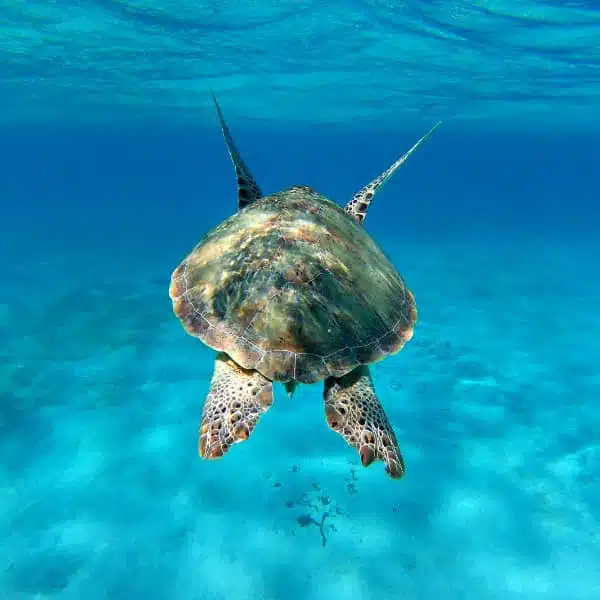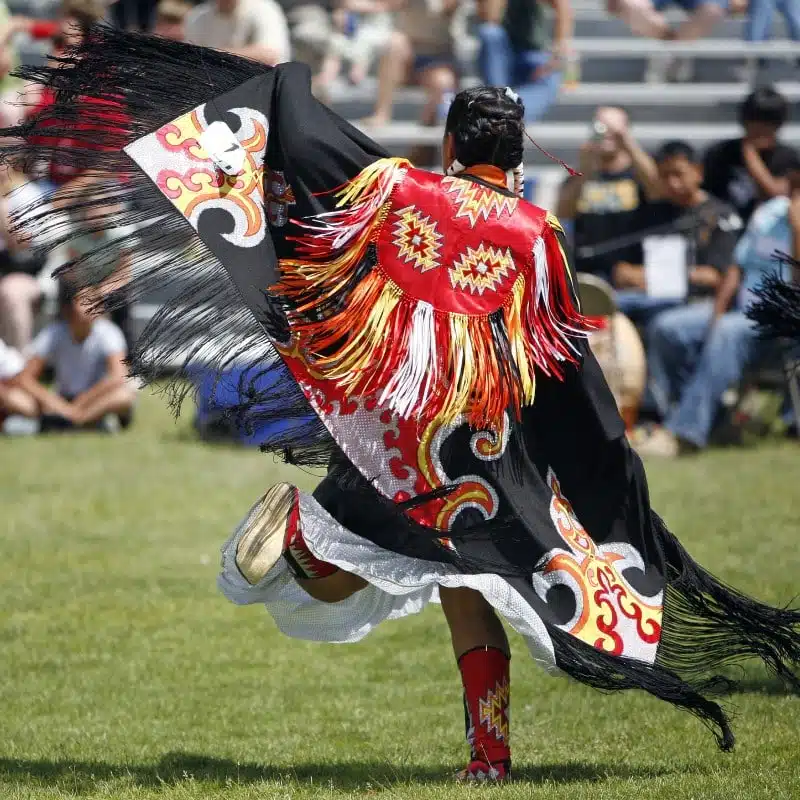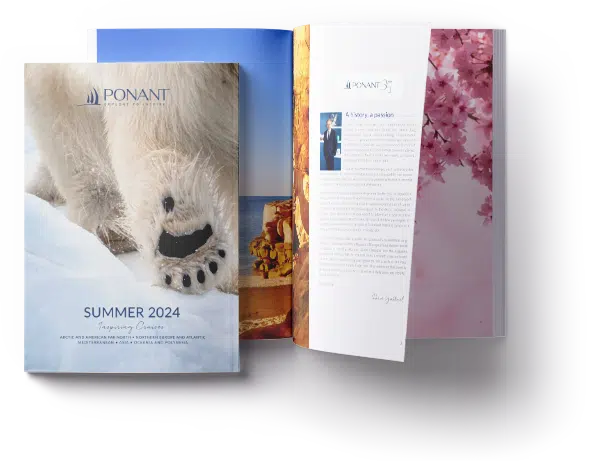Experience the North American Great Lakes and learn about the First Nations
Along with the Inuit and the Métis (a term used in Canada to refer to people descending from both Europeans and Indigenous populations), the First Nations are among the Indigenous peoples who first walked the lands of the North American continent. Initially nomadic, these Native American tribes gradually settled along rivers until they reached the shores of the North American Great Lakes. These immense, deep reservoirs of fresh water around which they built their lives now constitute an ancestral territory with which today’s First Nations descendants strive to preserve a close and sacred bond.
First Nations, Native Americans and Indigenous Peoples: Some Clarification
‘First Nations’ generally refers to Indigenous peoples in Canada. In the United States, ‘Native Americans’ is more commonly heard. As for the term ‘Indians’, although it may be tolerated, it can be considered offensive and, as such, ‘Indigenous peoples’ is usually preferred. Some of these First Nations settled around the Great Lakes named Michigan, Huron, Superior, Erie and Ontario. These five vast expanses of interlinked fresh water, on the border between Canada and the United States, were the precious cradles of many Native American tribes for several thousand years. The lakes were natural gifts for these initial populations, these First Nations who settled and grew up on their shores.

The Great Lakes: Divine and Fertile Mother Earth
Whatever their traditions, these Indigenous peoples shared a deep and ancient bond with the Great Lakes, nourished by spirituality and faith. Before the arrival of Old World colonisers and the epidemics of the 16th century, more than 130,000 Indigenous people thrived on the boons of the Great Lakes: a formidable ecosystem that provided them with drinking water, food, building materials and other subsistence resources. They were considered sources of life and healing, in whose depths dwelled spirits who had to be honoured. They also acted as meeting places for hunting, fishing and gathering but also for celebrating, praying and getting married. And finally, they offered opportunities to navigate on canoes or kayaks – of which these people were fine craftsmen – to explore, exchange and trade between neighbouring tribes.

Mishipeshu: the Great Lynx of the Great Lakes
Mishipeshu was and arguably still is the most feared aquatic ‘monster’ of the Ojibwe, the largest Indigenous nation in North America. This fantastical, dragon-like animal was a type of feline with a horned head, webbed paws and a back and tail covered with scales. It was therefore considered wise to honour and soothe the spirit of the Mishipeshu before embarking on the waters of the Great Lakes for fear of arousing its fury and suffering waves, rapids, storms or whirlpools. Today, this creature lives on through Indigenous oral traditions and local art. It is among the red ochre pictograms painted four centuries ago on Agawa Rock on the grounds of Lake Superior Provincial Park. A symbol of cultural resilience…
Through the Sacred Bonds of the Past
While the cultures and traditions of the First Nations in the region have been deeply affected by colonisation, many Indigenous communities have continued and still continue to preserve and revitalise their historical and cultural heritage. Certain communities have held on to activities such as fishing, hunting and harvesting plants and medicinal herbs. Younger generations are striving to reinforce sometimes weak links between their communities and the Great Lakes by respecting a traditional way of life led in harmony with nature.

Meeting the Ojibwe
The Ojibwe are one of the largest Indigenous tribes in the American Great Lakes. They are the custodians of a long history of resistance and survival in the region, representing the enduring presence of the First Nations around the Great Lakes, particularly around Lake Superior and the Apostle Islands, near Bayfield, a small town in Wisconsin nestled in the foothills of a preserved peninsula. The Ojibwe communities of Red Cliff and Bad River organise pow wow ceremonies, ancestral celebrations that have become a symbol of Indigenous identity. These events provide an opportunity to bring family and friends together to honour the heritage of the First Nations in a celebration of culture and identity.
At the Heart of Mother Nature
Along the northern inland stretch of Lake Superior, the Canadian communities of Thunder Bay, Red Rock, Rossport and Terrace Bay stand side by side. From these shores, you can discover local Indigenous art, converse with community members or visit certain sacred territories, including Mount McKay in the Fort William First Nation reserve, where ceremonies still often take place. In the boreal forest of Sleeping Giant Provincial Park north of Silver Islet, the silhouette of a rock formation evokes the profile of a quiet sleeping giant, who is the divine guardian of many legends. Meanwhile in Pukaskwa National Park near Red Rock, an eponymous sacred river remains a place of spiritual purification, where Indigenous peoples come to heal their bodies and minds.

Although Indigenous communities have faced many challenges, both historical and political, they have managed to preserve their culture, language and traditions. And today, the First Nations peoples in the Great Lakes region continue to play a vital role not only in safeguarding their cultural diversity but also in environmental conservation and natural resource management.
Photos credits : © iStock

PONANT takes you there
Embark on a journey to meet the peoples of the world



